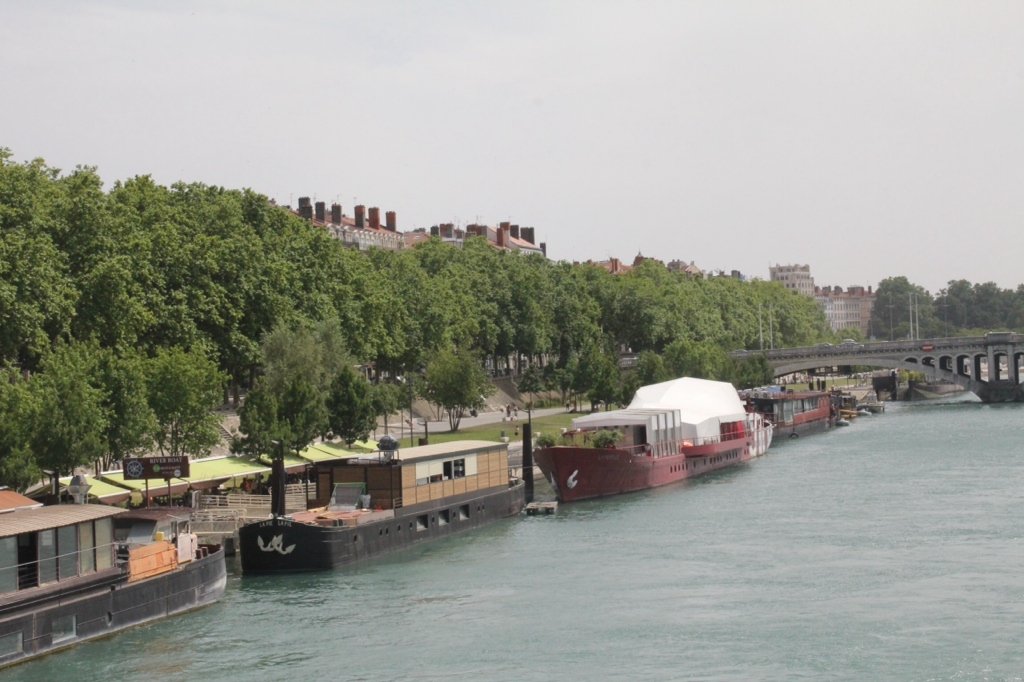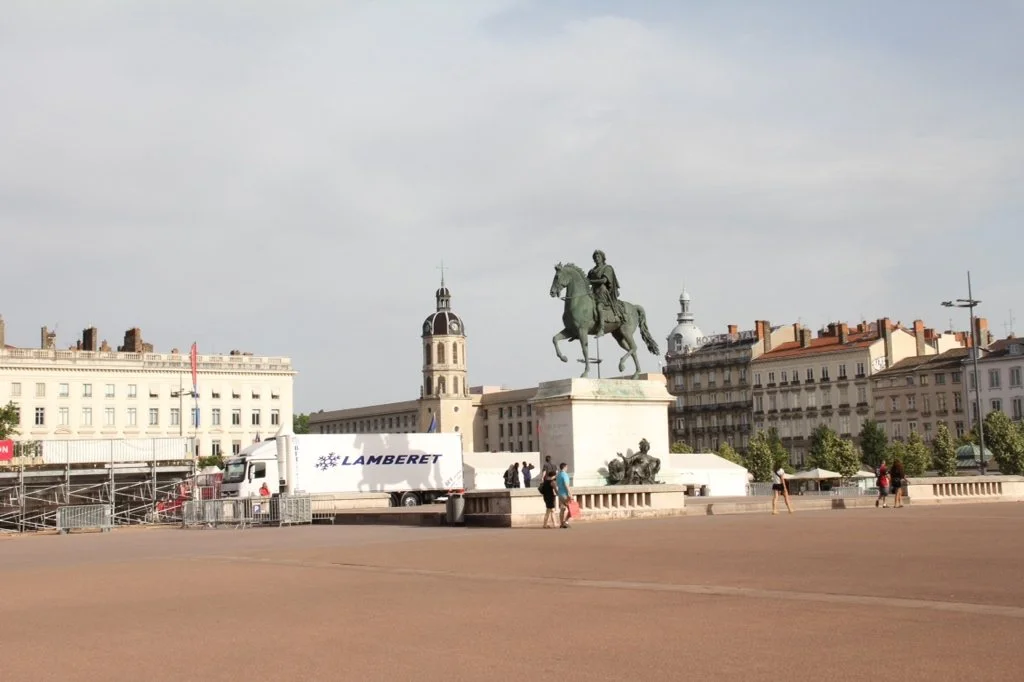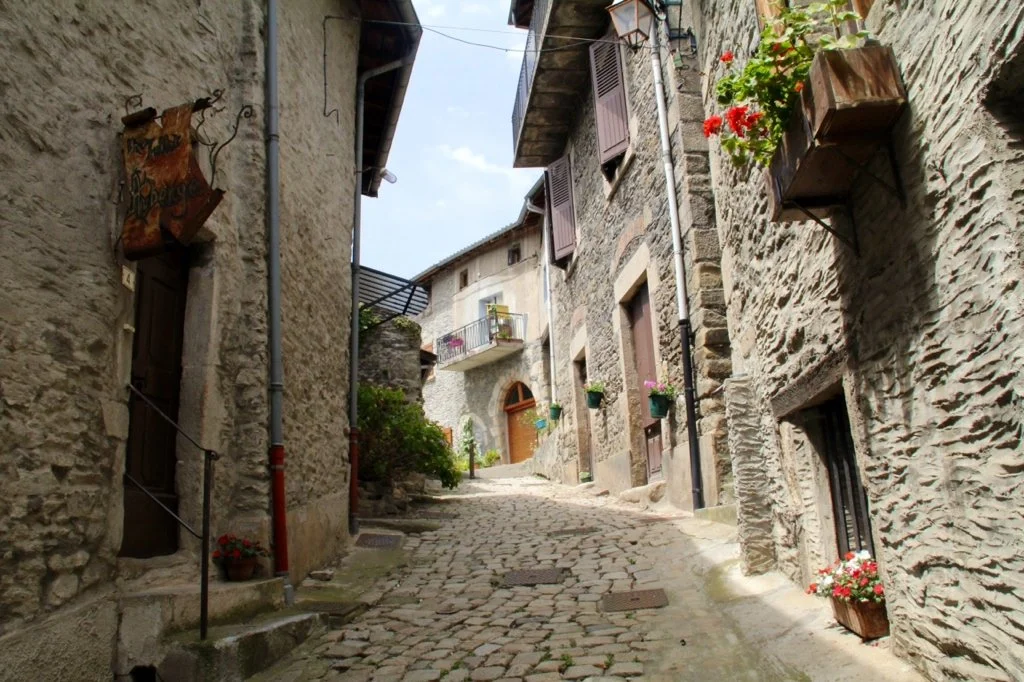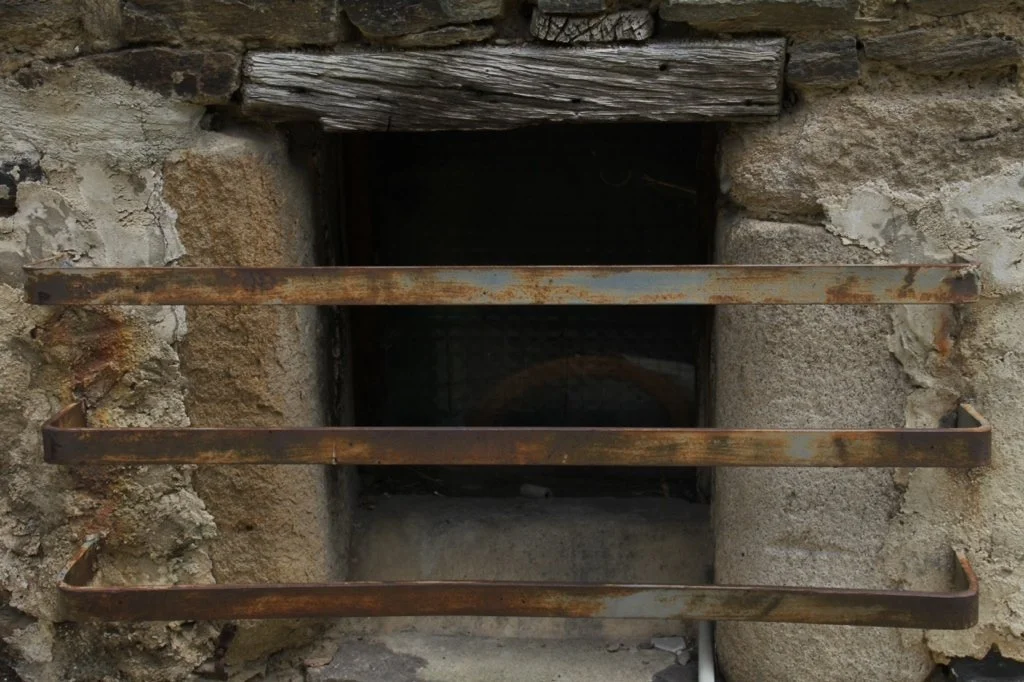Exploring the Food and Wine Regions of France: Beaujolais, Lyon & Dargoire
After leaving Burgundy, I continued southbound on my two and half-week road trip to Lyon. In between Mâconnais, the last area or appellation in Burgundy, and Lyon however, lies another well known wine region which is Beaujolais. I especially made it a point to come here because unfortunately back home, it seems that Beaujolais wines are not as widely appreciated, and in fact are only known for Beaujolais Nouveau. Beaujolais Nouveau is a wine that is released each year on the third Thursday in November to celebrate harvest. In France, and now in many other parts of the world including the United States, the release of the wine is marked by Beaujolais Nouveau Day, a celebration with fireworks, music and festivals in France, and promos or parties in other places. Therefore, Beaujolais Nouveau was never intended to be a serious drinking or pairing wine, but more so a “festive” wine released just for fun.
The wines of this region are red and are produced from the Gamay grape. Since I’ve only had the lighter-bodied and fruit forward wines served somewhat chilled, I always thought that Beaujolais wines, unlike Burgundy that have amazing aging potential, were all meant to be had young. But I learned that Beaujolais wines come in a variety of styles and include dryer, fuller-bodied wines that can be held onto for many years. This is especially true for the Beaujolais Cru. These superior quality wines come from vineyards that are planted on the hills at much higher elevation than the regular or Beaujolais Village wines, which are still good by the way. Again, location location, location! Some Cru names to look out for are (and these are the names of places in the Beaujolais region): Saint-Amour, Juliénas, Chénas, Fleurie, Moulin-à-Vents, Fleurie, Chiroubles, Morgon, Régnié, Brouilly and Côte de Brouilly. So if you see any of these names on the label, then you know you’re having the good stuff!
Higher elevation where the Beaujolais Cru vineyards are located
Lower elevation of the regular (non Cru) Beaujolais Villages
Less than an hour south of Beaujolais is Lyon. This was my first time in France’s second largest city and I really like it! Lyon to me is like Paris’ little sister. There are two major rivers, the Saône and the Rhône, bridges, beautiful sculptures and architecture, and it is clean. It has a laid-back, calm atmosphere but still has the lively café scene found in Paris. Lyon is known for being the world capital of gastronomie or food culture, so choices of great restaurants are plenty with very reasonable prices!
In Vieux Lyon (the old city)
Lyon was once known as the leader in silk manufacturing. To safely transport the products, these Traboules or passageways were built throughout the city…
When in Lyon, do as the Lyonnais do! But I must admit that even for me an adventurous eater, that swallowing the Andouillette, which is a sausage made of pig intestines was really tough. It is prepared with spices, garlic, and herbs and really, that didn’t help much. Even with the bread and wine, I couldn’t finish it. But at least I gave it a try, but no more for me, merci!
Dargoire, France
For my place of stay, to be in keeping with the small village theme for this part of my road trip, I chose to stay outside of the big city of Lyon. When looking for accommodations on Airbnb.com, I came across a listing in a town named Dargoire. Funny thing is, not one person even from France whom I talked with had ever heard of this place. Dargoire is located about 30 minutes south of Lyon and similar to Tournus in Burgundy, Dargoire is a medieval village that apparently most people, including the French do not know about.
The apartment I found was actually housed in a Medieval castle! Not much is known about the history of this structure except that it dates back to the 13th century and was built for someone named Artaud de Rousssilon and two others involved. I believe the church on the hill played a role as well from what the owner, Yvette told me. In any case, The former castle has been renovated into what is essentially now an apartment complex. Since it’s construction in 1215, doors and windows have been added. Initially, because the town needed protection from invaders, openings like doors and windows could not be built in. But nowadays, not only are there plenty of windows to let the sunshine in, there is indoor plumbing, electricity, cable TV and even WIFI!
The interiors look like any ordinary apartment…
Next…to probably my favorite French region of them all, Provence!!!


















































